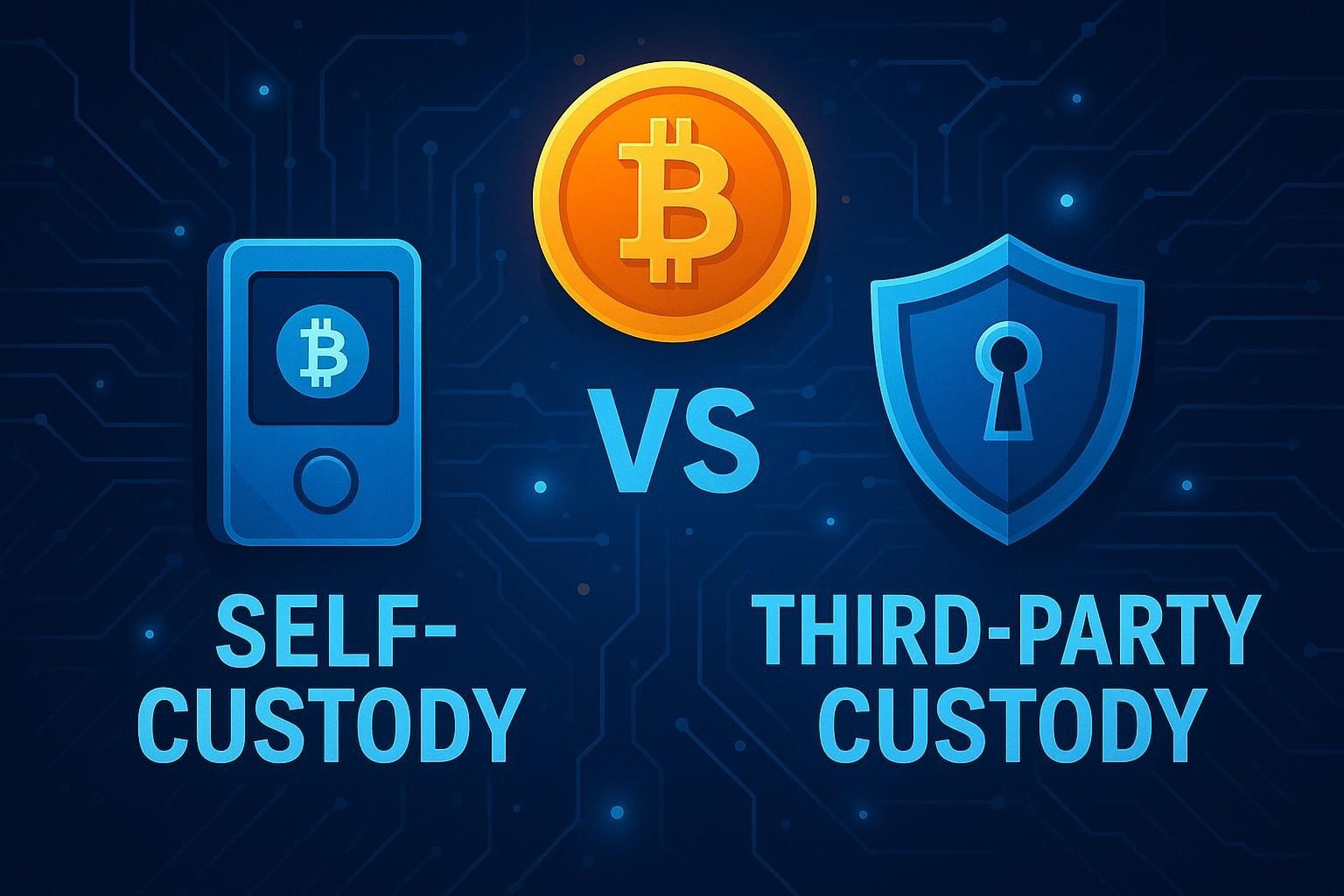
In 2025, a series of minor wallet breaches has reignited a crucial debate within the Bitcoin community: self-custody versus third-party custody.
Advocates for self-custody argue that holding one’s own private keys—using tools like hardware wallets or multisig setups—remains the safest option for true financial sovereignty. Devices such as the Ledger Nano X and the Trezor Safe 5 are among the most trusted solutions.
However, third-party custodians, including major Bitcoin custodial services and ETF providers, offer insured storage and regulatory protections, which appeal to large institutional investors and newcomers seeking convenience.
👉 Overview of crypto custody services by Fidelity Digital Assets
The recent security incidents—mostly involving poorly secured software wallets and phishing attacks—have underlined the importance of best practices, regardless of the custody method chosen. Experts stress that security trade-offs exist on both sides and that users must assess their own risk tolerance and technical skills.
As Bitcoin adoption expands globally, the conversation around custody solutions will likely shape the next evolution of crypto infrastructure.










